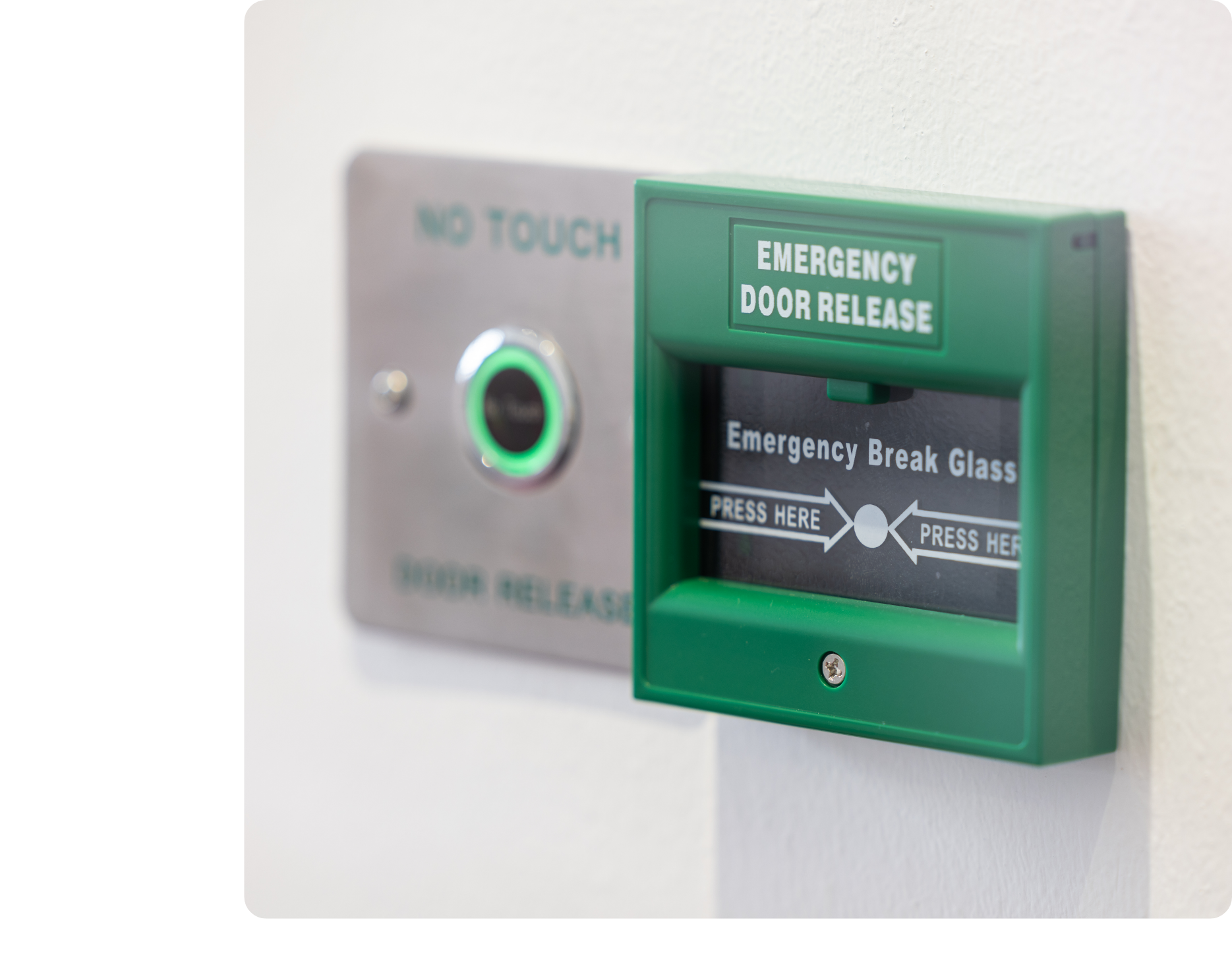Fire safety is a fundamental responsibility for any business, regardless of size or industry. Choosing the right fire safety system is not simply about compliance — it’s about protecting employees, customers, assets, and business continuity.
With numerous options available, it’s important to select a system that aligns with your business’s specific risks and operational requirements. From fire detection to emergency communication, each component plays a critical role in ensuring an effective response in the event of an emergency.
Understanding the different types of fire alarm systems
The core of any fire safety strategy is an effective fire alarm system. The type of alarm required depends on the size, layout, and function of your premises.
Analogue addressable fire alarm systems are a highly effective choice for larger businesses with complex sites. Each detector and call point is uniquely identifiable, allowing precise pinpointing of any alarm activation. This not only improves response times but also minimises unnecessary disruption caused by false alarms.
For smaller premises, conventional fire alarm systems offer a straightforward and reliable solution. They divide the building into zones, enabling a general location to be identified when an alarm is triggered. While they don’t provide the same level of detail as addressable systems, they remain a trusted choice for many businesses that require simplicity without compromising safety.
Wireless fire alarm systems provide an alternative for businesses that need flexibility. Whether it’s a listed building where hardwiring is impractical or a temporary workspace requiring rapid installation, wireless alarms ensure effective fire detection without invasive infrastructure changes.
Fire detection: the first line of defence
Detecting fire at the earliest possible stage is crucial in preventing damage and ensuring a swift evacuation. Modern fire detection technology includes automatic smoke and heat detectors, manual call points, and integrated fire zones that work together to monitor a building. The reliability of these systems is essential, particularly in high-risk environments where an undetected fire could have catastrophic consequences.
Battery-powered alarms provide an added layer of security, ensuring the system remains operational even during a power failure. Businesses with multiple premises or high occupancy buildings may also benefit from centralised fire alarm control panels, allowing incidents to be monitored and managed from one location.
Fire suppression: containing the risk
Once a fire is detected, suppression systems play a key role in controlling or extinguishing it before it spreads. Portable fire extinguishers are a legal requirement in all business premises, with different types designed for specific fire risks. Water, CO2, foam, dry powder, and misting systems each have their applications, and it’s important to ensure the correct extinguisher types are installed and maintained.
For businesses requiring a more automated approach, sprinkler systems or misting systems provide a rapid response to fire outbreaks. These systems are particularly effective in environments where immediate suppression is needed to protect assets, such as server rooms, warehouses, or industrial facilities.
Fire stopping: preventing the spread
A well-designed fire safety system doesn’t just detect and suppress fire; it also limits its spread. Fire stopping solutions are essential in containing flames, smoke, and heat, reducing the risk of extensive damage.
Fire doors, fire-rated coatings, and sealants are integral components of a passive fire protection strategy. Installing pipe collars, fire-rated mortar, and ablative batts ensures that gaps and penetrations in walls and ceilings do not compromise the integrity of fire-resistant barriers. Businesses operating in multi-storey buildings or shared spaces must pay particular attention to compartmentalisation, ensuring that fire is contained in specific areas and does not endanger other occupants.
Emergency lighting: enabling safe evacuation
A fire alarm is only effective if people know how to respond. Emergency lighting is critical in guiding occupants to safety, particularly in the event of power failure. Well-placed exit signs and directional lighting ensure that evacuation routes remain visible, reducing panic and confusion during an emergency.
Battery-operated emergency lighting units provide an independent power source, while modern energy-efficient LED fittings enhance visibility without excessive running costs. Compliance with BS5266 standards ensures that businesses meet regulatory requirements and provide a safe environment for employees and visitors.
Public address and communication systems
Clear communication is vital during a fire emergency. A Public Address and Voice Alarm (PAVA) system allows businesses to broadcast real-time instructions, ensuring occupants evacuate in an orderly manner. Unlike traditional alarm sounders, voice alarms provide specific guidance, reducing uncertainty in high-stress situations.
Emergency voice communication systems (EVCS) offer an additional safeguard, enabling two-way communication between evacuees and emergency services. These systems are particularly important for businesses with mobility-impaired employees or customers who may require assistance during evacuation.
Evacuation alert systems: a high-rise necessity
For businesses operating in multi-storey buildings, Evacuation Alert Systems (EAS) play a crucial role in supporting emergency services. Compliant with BS8629 standards, these systems provide fire and rescue teams with precise control over phased evacuations, ensuring a structured and efficient response.
With recent legislative changes and a greater focus on fire safety in high-rise buildings, businesses must ensure their fire systems align with the latest standards. Investing in an advanced alert system enhances preparedness and provides a safer environment for occupants.
Selecting the right fire safety partner
Choosing the best fire safety system requires expert guidance. A one-size-fits-all approach does not work in fire prevention, as every business has unique risks and operational challenges. Conducting a professional fire risk assessment helps to identify vulnerabilities and ensures that the right combination of detection, suppression, and evacuation measures are in place.
With the right protection in place, businesses can operate with confidence, knowing that they are safeguarded against one of the most significant risks any organisation can face.
Contact the SECOM team and learn how our fire and life safety solutions can help your business.
